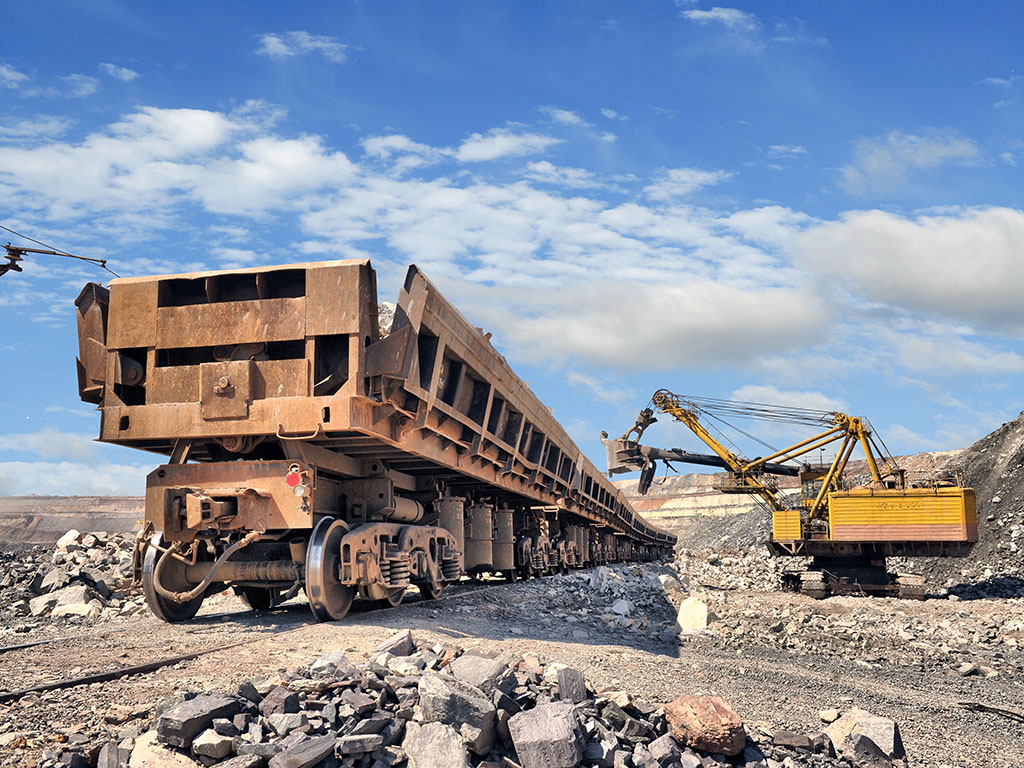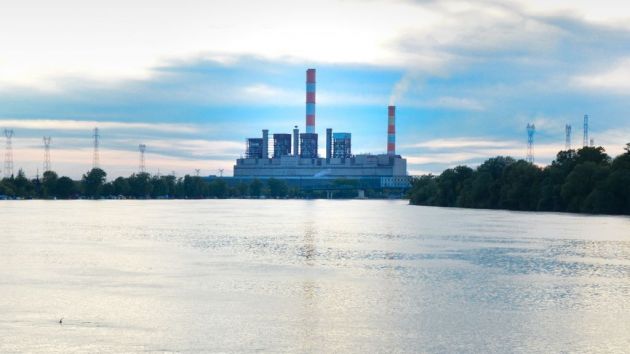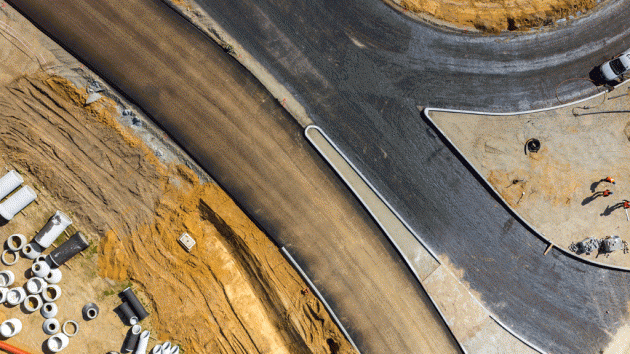Canadian company interested in opening boric acid mine and factory near Raska – Exploitation of borate over 15-year period planned
Source: eKapija
 Monday, 29.04.2024.
Monday, 29.04.2024.
 11:22
11:22
 Monday, 29.04.2024.
Monday, 29.04.2024.
 11:22
11:22
Illustration (Photo: kaband/shutterstock.com)

The total confirmed reserves of borate at the Piskanja site, according to the request, amount to 7,139,808 tons. The production of the colemanite concentrate and the ulexite concentrate in the amount of 250,000 tons a year is planned. This production, as said, is realized within the first five years of the exploitation, following which it will be necessary to step up the production because, in the sixth year, a factory of boric acid with an annual capacity of 25,000 tons of boric acid is to be included in the production process.
As the request reads, the project will be carried out within the space of the old Ibar mines, so there will be no need to move the populace living in the area of the project. The exploitation period has been estimated at 15 years.
As the Novosti daily reported in 2020, the Canadian company Erin Ventures detected reserves of the boron ore, whose gross value exceeds USD 2 billion, in the Piskanja area, not far from the abandoned coal mines near Baljevac on the Ibar (Municipality of Raska).
As the document says, sporadic basic geological explorations in the area of the current borate site Piskanja near Baljevac on the Ibar were done in the 1950s, whereas systemic explorations in fact began in 1987, when borate was detected during the exploration of black coal in Piskanja.
Systemic explorations, it is added, were not done continually. Instead, in general, four main periods of explorations can be defined. From 1987 until 1992, the explorations were mostly financed from the Geological Research Fund of the Republic of Serbia, through the users of the budget funds (Geozavod – Nemetali from Belgrade, Ibarski rudnici kamenog uglja from Baljevac on the Ibar…). During 1997, explorations were carried out through the joint company Ras borati, founded by the Canadian company Erin Ventures and Elektroprivreda Srbije.
Between 2006 and 2009, concession explorations were done by the company Rio Tinto Ibarski borni minerali. The founder of the concession company was Rio Tinto European Holdings Limited.
Since 2010, the investor in the geological explorations is again the Canadian Erin Ventures, through its company Balkan Gold doo Beograd.
Balkan Gold was founded in 2009 and is fully owned by Boron One Holdings Inc. which is located in Canada. Balkan Gold is in the business of exploring and developing potential mineral sites in Serbia and has the exclusive exploratory rights, that is, it is the carrier of geological explorations in the exploration space of the Piskanja borate site.
What is located in the site near Baljevac?
In the Baljevac area, borates are located in two spatially separate sites. Immediately to the northwest of Baljevac, the “Pobrdjski potok” boric mineral site, where borates are already exploited, is situated, whereas east of Baljevac and the river Ibar, in the area of the village of Korlace, the other boric mineral site, “Piskanja”, which is the subject of the mining activities envisaged in the project and this request, is situated.
The cadaster parcels of the area of the exploitation field Piskanja are within the borders of the spatial plan of the municipality of Raska, and in the area of the exploitation field, the building area of the settlement is planned in one part, and agricultural land in the other.
The site is situated on the right bank of the Ibar and consists of twelve individual lens-shaped orebodies. The shallowest parts of the site are located at a depth of 105 m, whereas the deepest parts go to the depth of around 463 m2, the request reads.
It is added that, regarding the conditions and manner of exploitation, the type of the site, its morphological characteristics, the manner and shape of occurrence, the character of the mineral resource and its market price point to underground exploitation, that is, the opening and development of the site using the method of pits. Also, limitations regarding the position of the settlement and the river Ibar near the site impose the application of the excavation method which entails the preservation of the terrain surface and the implementation of mechanized excavation, without the use of drilling and blasting works.
The request was prepared by Rudarski institut from Zemun and Dvoper from Belgrade.
I. Z.
Lokacija:
Google Maps
Companies:
 Erin Ventures Inc
Erin Ventures Inc
 Balkan gold doo Beograd
Balkan gold doo Beograd
 Ministarstvo zaštite životne sredine Republike Srbije
Ministarstvo zaštite životne sredine Republike Srbije
Rio Tinto Ibarski Borni Minerali d.o.o. Beograd
 Rudarski institut d.o.o. Beograd
Rudarski institut d.o.o. Beograd
 Dvoper d.o.o. Beograd
Dvoper d.o.o. Beograd
Tags:
Erin Ventures
Balkan Gold
Ministry of Environmental Protection
Elektroprivreda Srbije
Rio Tinto Ibarski borni minerali
Rio Tinto European Holdings Limited
Boron One Holdings Inc
Ras borati
Geozavod Nemetali Belgrade
Ibarski rudnici
borate
Piskanja site
Korlaće
exploitation of borate
borate mine
boric acid
Comments
Your comment
Naš izbor
Most Important News
Full information is available only to commercial users-subscribers and it is necessary to log in.
Follow the news, tenders, grants, legal regulations and reports on our portal.
Registracija na eKapiji vam omogućava pristup potpunim informacijama i dnevnom biltenu
Naš dnevni ekonomski bilten će stizati na vašu mejl adresu krajem svakog radnog dana. Bilteni su personalizovani prema interesovanjima svakog korisnika zasebno,
uz konsultacije sa našim ekspertima.


 Izdanje Srbija
Izdanje Srbija Serbische Ausgabe
Serbische Ausgabe Izdanje BiH
Izdanje BiH Izdanje Crna Gora
Izdanje Crna Gora


 News
News








